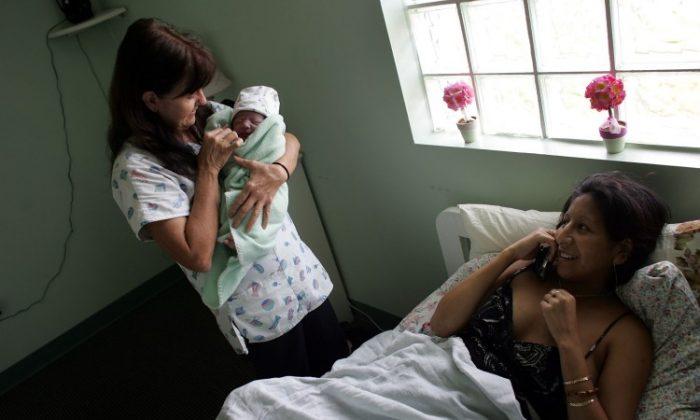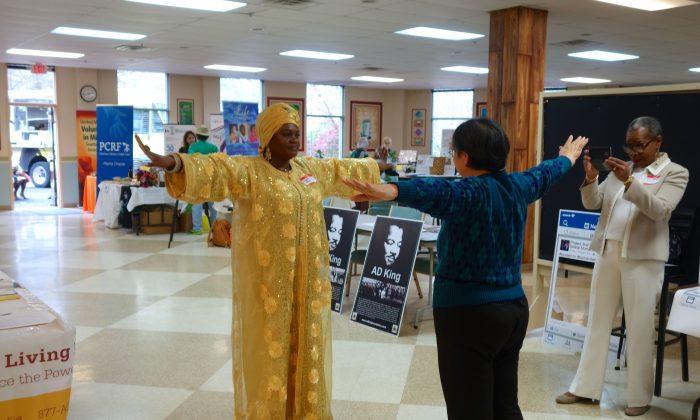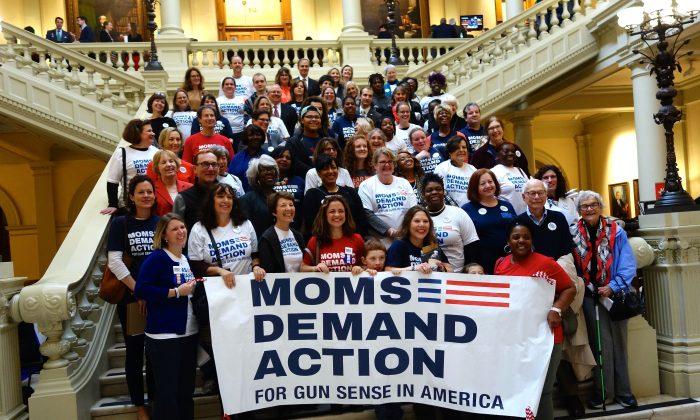Women who expect to be active participants in the birth of their first child are more likely to choose midwife care and home birth than women who see themselves as passive participants in childbirth, according to a new survey. Midwifery is associated with lower rates of obstetric interventions, according to Dr. Adriana Arcia, a postdoctoral fellow at Columbia University School of Nursing.
Arcia designed her survey to understand what factors affect a first time mother’s preferences for delivery options. The more active and collaborative a role a mother expected in childbirth, the more likely she was to choose midwife care and home birth. The more passive a role she expected to play, the more likely she was to choose doctor care and a hospital setting for birth. The more fearful she was of pain or complications in natural birth, the more likely she was to have a Cesarean birth.
“I’m very concerned about the high Caesarian rate globally,” Arcia said in a phone interview. “At first it seemed like a U.S. problem, but our problems are contagious, because what we do becomes the standards for other countries to measure themselves.”
The United States is one of the few countries in the global north in which midwifery is not the primary source of birth care, according to Arcia.
Midwife care is less costly both in dollars and in unnecessary, potentially hazardous medical interventions, especially unnecessary Caesareans.
Yet some women find barriers to getting midwife care. For example some HMOs only cover OB-GYNs, not midwives. A New York law requires insurers to cover a midwife as an in-network provider, if there is no midwife in their network, said Arcia. “Sometimes you have to be very assertive and persistent,” she said. A woman can make the case to her insurer that this will cost them less money, and in New York can evoke the state law to get expenses covered. Some choose to pay a midwife out of pocket, “it’s that important to them.”
Using midwives could do a lot to reduce unneeded Caesareans. “There is a general movement to characterize birth as the normal life experience it is, instead of as a medical emergency waiting to happen,” said Arcia. It can also reduce health disparities, and health care costs.
According to a 2012 report from the Centers for Disease Control (CDC) home births increased 29 percent from 2004 to 2009.
Women need the right kind of information to make the best decision about their birth care. “If you are not fully informed you are not making a real choice,” said Arcia.
Arcia worked in south Florida where one hospital had a normal rate of Caesareans, and another hospital a few miles down the road had a 70 percent Caesarean rate. “Women’s eyes get wide when I tell them these things,” she said.
Caesarean rates in the United States are more than double the upper threshold recommended by the World Health Organization, according to a statement from Columbia University. When Caesareans are not necessary, they should be avoided. Babies born naturally have better lung function and receive beneficial bacterial flora during the birth process. For mothers, it’s major abdominal surgery with risks of infection, blood clots, and with a painful recovery. Nursing and bonding can be disrupted. Future births can be more risky after Caesarean.
Arcia’s survey, “U.S. Nulliparas’ Perceptions of Roles and of the Birth Experience as Predictors of Their Delivery Preferences,” is published in the Journal of Midwifery.










Friends Read Free